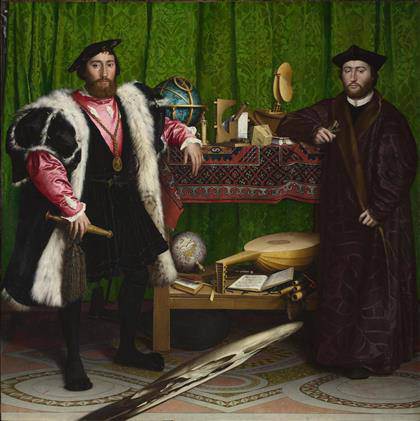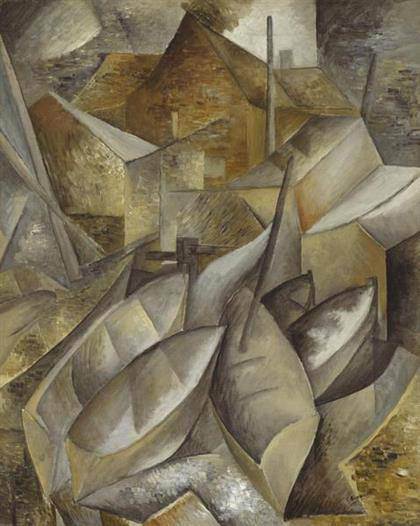
Hans Holbein the Younger
The Ambassadors, 1533
National Gallery, London
Strange Beauty: Masters of the German Renaissance Exhibition at the National Gallery, London, takes a fresh look at works by German Renaissance artists, examining the striking changes in the ways these works were perceived in their time, in the recent past, and today. 19 February – 11 May 2014]]>
Source: National Gallery, London
More than 30 loans from UK collections will help visitors explore these fascinating themes. Key works coming to ‘Strange Beauty’ include the Matthias Grünewald drawing of ‘An Elderly Woman with Clasped Hands’ (Ashmolean Museum, Oxford), the renowned Hans Holbein miniature of ‘Anne of Cleves’ (Victoria & Albert Museum, London), ‘Portrait of Young Man with a Rosary’ by Hans Baldung Grien (Royal Collection Trust on behalf of Her Majesty the Queen) and a collection of fine drawings and prints by Holbein, Albrecht Dürer and Albrecht Altdorfer (British Museum, London).
The German Renaissance was part of the cultural and artistic awakening that spread across Northern Europe in the 15th and 16th centuries. German artists such as Dürer developed an international reputation, their fame reaching all parts of Europe, while renowned humanist scholars such as Erasmus of Rotterdam, the patron of Hans Holbein the Younger, played a leading role in reviving the study of classical texts in the service of Christianity.
Paintings such as ‘The Ambassadors’ by Holbein, ‘Christ taking Leave of his Mother’ by Albrecht Altdorfer, ‘Cupid complaining to Venus’ by Lucas Cranach the Elder, ‘Portrait of a Man’ by Hans Baldung Grien and ‘Saint Jerome’ by Albrecht Dürer were highly valued in the 16th century for qualities such as expression and inventiveness. However, by the 19th and early 20th centuries German Renaissance art was receiving a very mixed reception. Some viewers admired the artists’ technical mastery and their embodiment of a perceived German national identity; others perceived these works of art as excessive or even ugly, particularly when compared to works of the Italian Renaissance.
Related content
Two versions of Van Gogh’s ‘Sunflowers’ in London (2014)
Follow us on:


